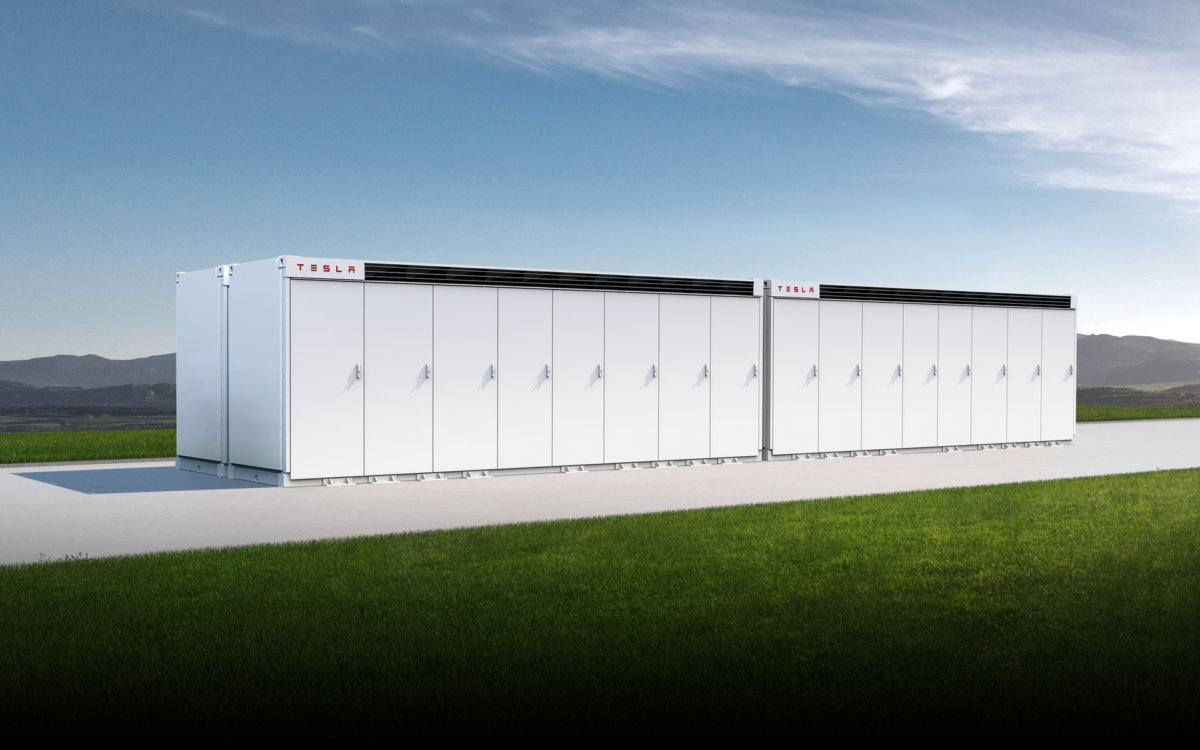The Queensland government today announced plans to install five large-scale, network-connected batteries in regions across the state as part of a community battery trial. With a combined capacity of 40 MWh, the batteries will be installed at substations in Townsville, Yeppoon, Bundaberg, Hervey Bay and Toowoomba.
With its eye-watering rooftop solar penetration (almost one in three Queenslanders living in detached houses now have solar on their roofs), the trial seems to be setting the stage for the government’s ambition of firming its grid by housing large-scale batteries in major substations – a concept which has recently been embraced by a number of Australia’s state governments.
“Energy Queensland-owned sites have been identified for this trial where deployment can occur as quickly and efficiently as possible, and where we are seeing the highest penetration of solar on the network,” Queensland’s Energy Minister, Mick de Brenni, said in Thursday’s statement.
“If successful, Energy Queensland could deploy distribution batteries in locations right across the state.”
“In the medium term, this technology means we can ‘bank’ the excess renewable energy generated allowing a continued growth in rooftop solar on the way to achieving Queensland’s renewable energy target.
Currently, 20% of Queensland’s energy mix comes from renewables. The government are aiming to bring that up to 50% by 2030 – and is clearly hopeful that capturing low-cost renewable energy during the day and distributing into the market in peak evening periods will accelerate its energy sector’s decarbonisation.
New South Wales’ government in February launched a similar trial, announcing plans for three community batteries in areas with high rooftop solar penetration. Melbourne’s Yarra Council in January made a similar move but focussed its attention on city dwellers, while Western Australia’s community battery rollouts continue to power.
With Australia’s rooftop solar growth expected to exceed last year’s 3 GW record, according to the Clean Energy Regulator, governments are scrambling to make the most of the abundant daytime power and avoid the solar shutdowns which have afflicted South Australia.
State-owned Energy Queensland already has one network-connected battery, a 4 MW / 8 MWh Tesla battery at Bohle Plains in Townsville. This new slate of batteries will include another in Townsville, to be housed at the Black River Substation.
The Yeppoon battery will be located at the Tanby Substation, while Bundaberg’s will be integrated into the Bargara Substation. Hervey Bay and Toowoomba’s batteries will be part of the Torquay Substation and Torrington Substation respectively.
“Because Queensland has one of the highest levels of rooftop solar uptake in the world, we want to make sure we’re using this important source of renewable energy in the right way and our network is keeping up with demand,” Queensland’s Premier Annastacia Palaszczuk said in the statement.
With renewables central to its Covid-19 recovery plan, the Queensland government also pointed out that its interest in community batteries doesn’t start and end with decarbonisation.
“This storage will deliver benefits across both the transmission and distribution networks and will also offer increased opportunities for local manufacturing and civil works for local businesses,” Minister de Brenni said.
“For example, some of the components, such as the switchgear, could be made locally and there will be opportunities for Queensland-based training and development.”
“An affordable, reliable energy supply underpins our economic plan for post-Covid recovery, and renewables will play a central role in that.”
Expected timelines for installation and partnering companies have yet to be announced.
The plan has been warmly welcomed by Queensland’s Solar Citizens group. “Adding more battery storage to the network is a smart move by the Queensland Government because it means we can soak up extra renewable energy, particularly solar, when it’s abundant and then utilise that energy when we need it,” Solar Citizens’ National Director Ellen Roberts said.
“Battery storage can react to grid disturbances with lightning speed and provide valuable network services as we see the uptake of renewables grow and grow.”
The community battery news comes hot off the heals of the Australian Energy Market Commission’s draft determination recommending networks be allowed to charge rooftop solar owners for exporting clean electricity to the grid.
This content is protected by copyright and may not be reused. If you want to cooperate with us and would like to reuse some of our content, please contact: editors@pv-magazine.com.









Hi, Community batteries have become more prominent in recent times as an election issue.
Where do these fit into the existing power distribution network?
How are they charged as I understand a lot of our low voltage (i.e. 415v) distribution network can’t handle 2 way “traffic”
What voltage is utilised and how far back up the network will residential solar be useful?
The networks are running alternating* current, so I think they handle two way traffic.
* 3-phase, so that’s a slight simplification.